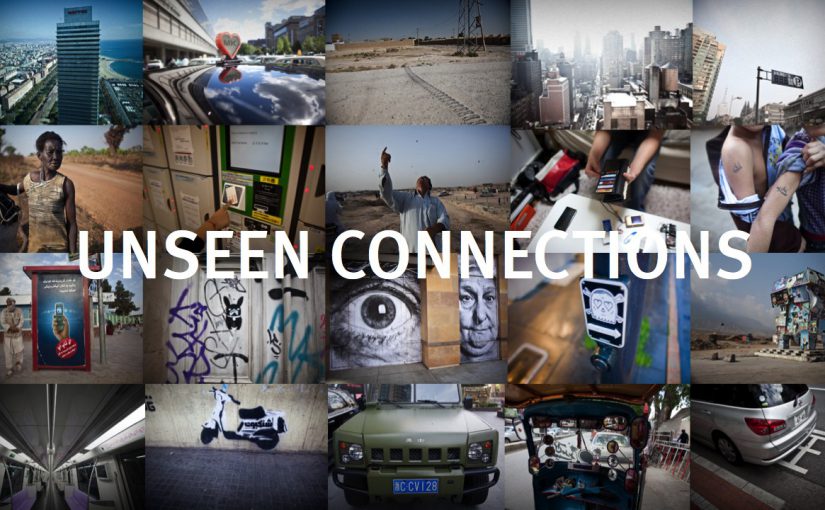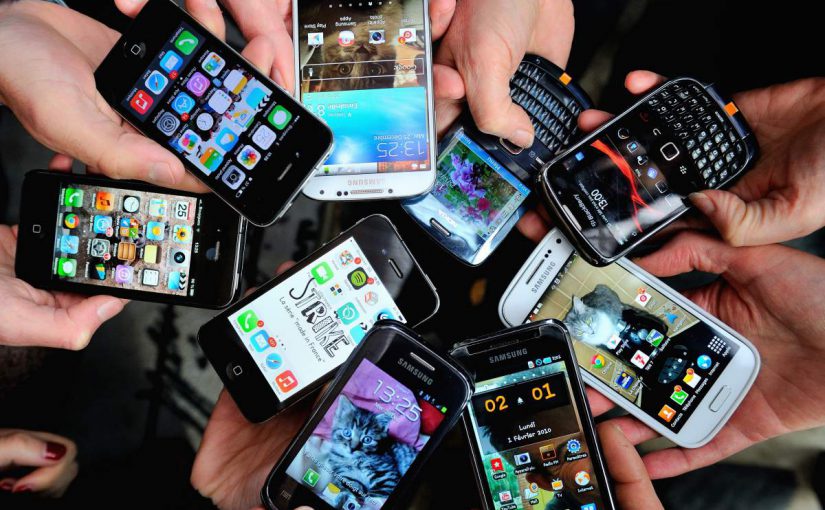After reading this chapter and also having to watch his TED talk earlier on in class, I can better understand his point on how technology has benefited us. He has used the three most important things to elaborate several new terminologies which I found was very interesting: Range Of Distribution. This is a very good way to observe a certain culture at the particular place, in terms of security and trust level an individual has to his/her surroundings. In Singapore, there are also different range of distributions at different places. When we are at the coffee shop for a simple meal, we tend to leave our bags at our seat, only carrying our valuable items with us. In contrast, when we are out in town, we do think twice when we want to leave our bags at our seats due to the increased crowd level at town.
Another point to note about this chapter would be the point of reflection. I believe most of us, if not all of us, will tap on our pockets to make sure we brought what we need to bring, pausing for a moment to recall if we have missed out any essential items. These are little things we do often but fail to actually notice them. I feel that as designers we should train and equip ourselves the ‘eye’ to look at the details which other people could not see. This would then in turn make us better designers.
In the later part of the chapter, Chipchase talks about how technology could actually do more inconvenience than convenience. I feel that in this tech-savvy era, we should intelligently tap on technology as a bonus and not relying on technology so much so allowing them to control our lives, eventually.
All in all, within the past years, technology has advanced so quickly, everything is getting a piece of technology infused in them. All that we need would be available in a smartphone. But what if we lose our smartphones, how would we then survive in this world?





